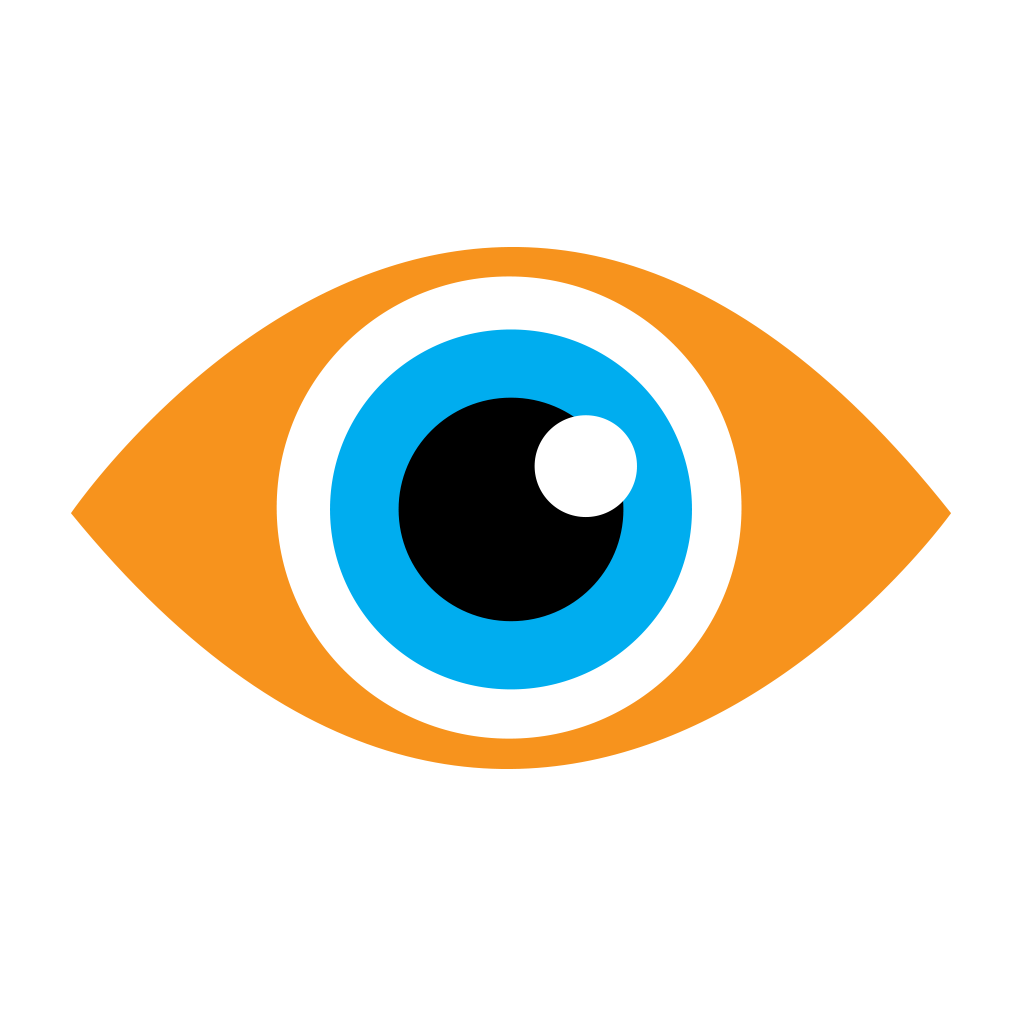


 4:3:59
4:3:59  2024-05-08
2024-05-08  805
805

You've seen the Sun, but you've never seen the Sun like this. This single frame from a video captured by ESA's Solar Orbiter mission shows the Sun looking very …. Fluffy!
You can see feathery, hair-like structures made of plasma following magnetic field lines in the Sun's lower atmosphere as it transitions into the much hotter outer corona. The video was taken from about a third of the distance between the Earth and the Sun.
See the full video below, which shows unusual features on the Sun, including coronal moss, spicules, and coronal rain.
Solar Orbiter recorded this video on September 27, 2023 using its Extreme Ultraviolet Imager (EUI) instrument.
ESA said the brightest regions are around one million degrees Celsius, while cooler material looks darker, as it absorbs radiation.
So, just what is coronal moss? It's what gives the Sun its fluffy appearance here. These peculiar structures on the Sun resemble the moss we find on Earth, in that it appears like fine, lacy features.
But on the Sun, they usually can be found around the center of sunspot groups, where magnetic conditions are strong and large coronal loops are forming. The moss is so hot, most instruments can't detect them. The moss spans two atmospheric layers, the chromosphere and corona.
Spicules, as their name implies, are tall spires of gas seen on the solar horizon that reach up from the Sun's chromosphere. These can reach up to a height of 10,000 km (6,000 miles).
At about 0:30 in the video, you'll see coronal rain. This material is cooler than the rest of the solar surface (probably less than 10,000 °C) versus the one million degrees C of the coronal loops.
The rain is made of higher-density clumps of plasma that fall back towards the Sun under the influence of gravity.
Did you see the small eruption in the center of the field of view at about 0:20 seconds in the video? With cooler material being lifted upwards before mostly falling back down. It's not small at all – this eruption is bigger than Earth!
Missions like Solar Orbiter, the Parker Solar Probe and the Solar Dynamics Observatory are giving us unprecedented views of the Sun, helping astronomers to learn more about the dynamic ball of gas that powers our entire Solar System.
Reality Of Islam |
|

A computer

Auburn Univ

Poisoning i

Water may s
 9:3:43
9:3:43
 2018-11-05
2018-11-05
10 benefits of Marriage in Islam
 7:5:22
7:5:22
 2019-04-08
2019-04-08
benefits of reciting surat yunus, hud &
 9:45:7
9:45:7
 2018-12-24
2018-12-24
advantages & disadvantages of divorce
 11:35:12
11:35:12
 2018-06-10
2018-06-10
 6:0:51
6:0:51
 2018-10-16
2018-10-16
 7:34:7
7:34:7
 2023-02-28
2023-02-28
 2:13:43
2:13:43
 2022-05-27
2022-05-27
 2:11:12
2:11:12
 2022-10-15
2022-10-15
 12:47:1
12:47:1
 2022-12-20
2022-12-20
 5:58:12
5:58:12
 2021-12-18
2021-12-18
 7:6:7
7:6:7
 2022-03-21
2022-03-21
 2:34:48
2:34:48
 2022-01-18
2022-01-18
 5:41:46
5:41:46
 2023-03-18
2023-03-18
| LATEST |